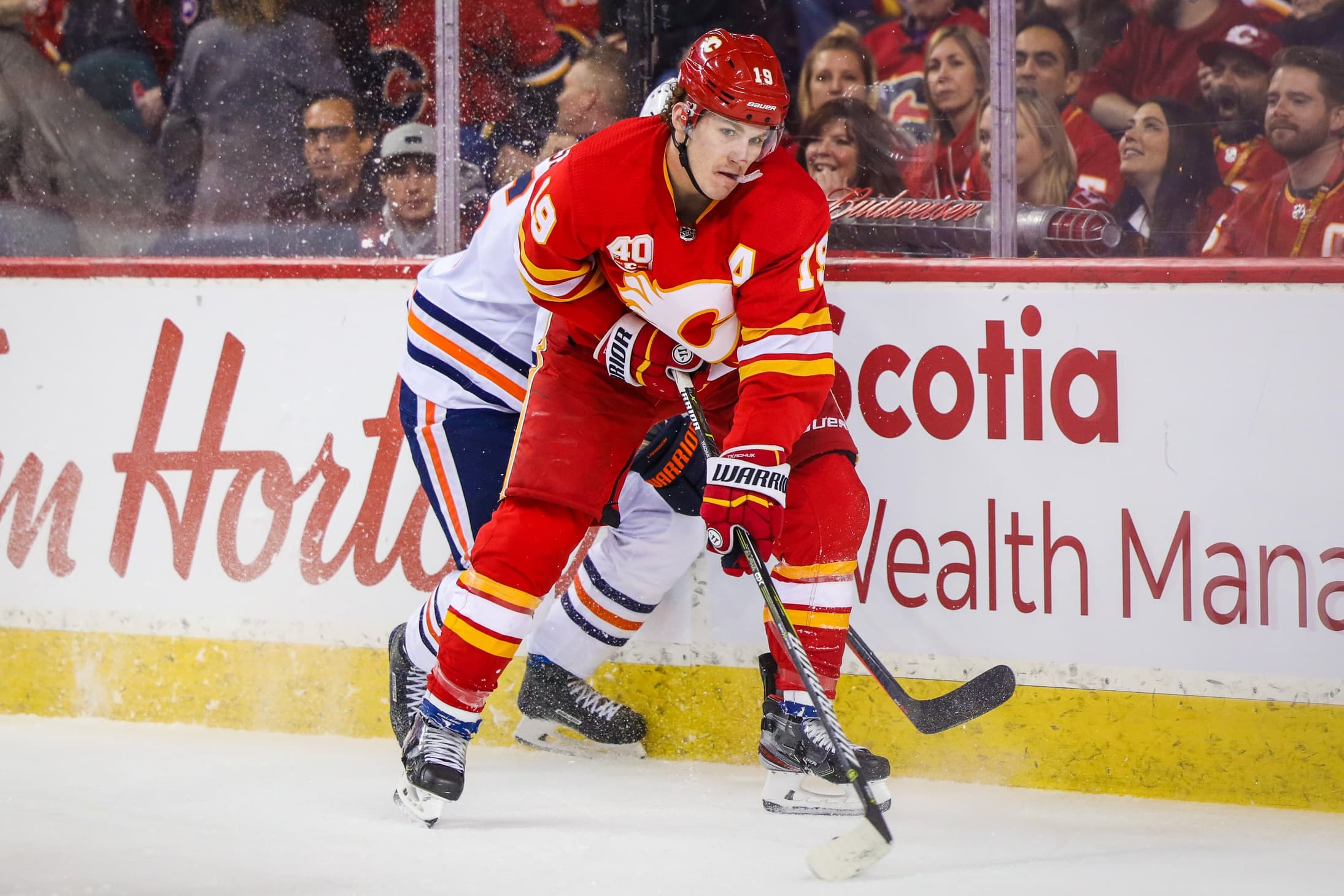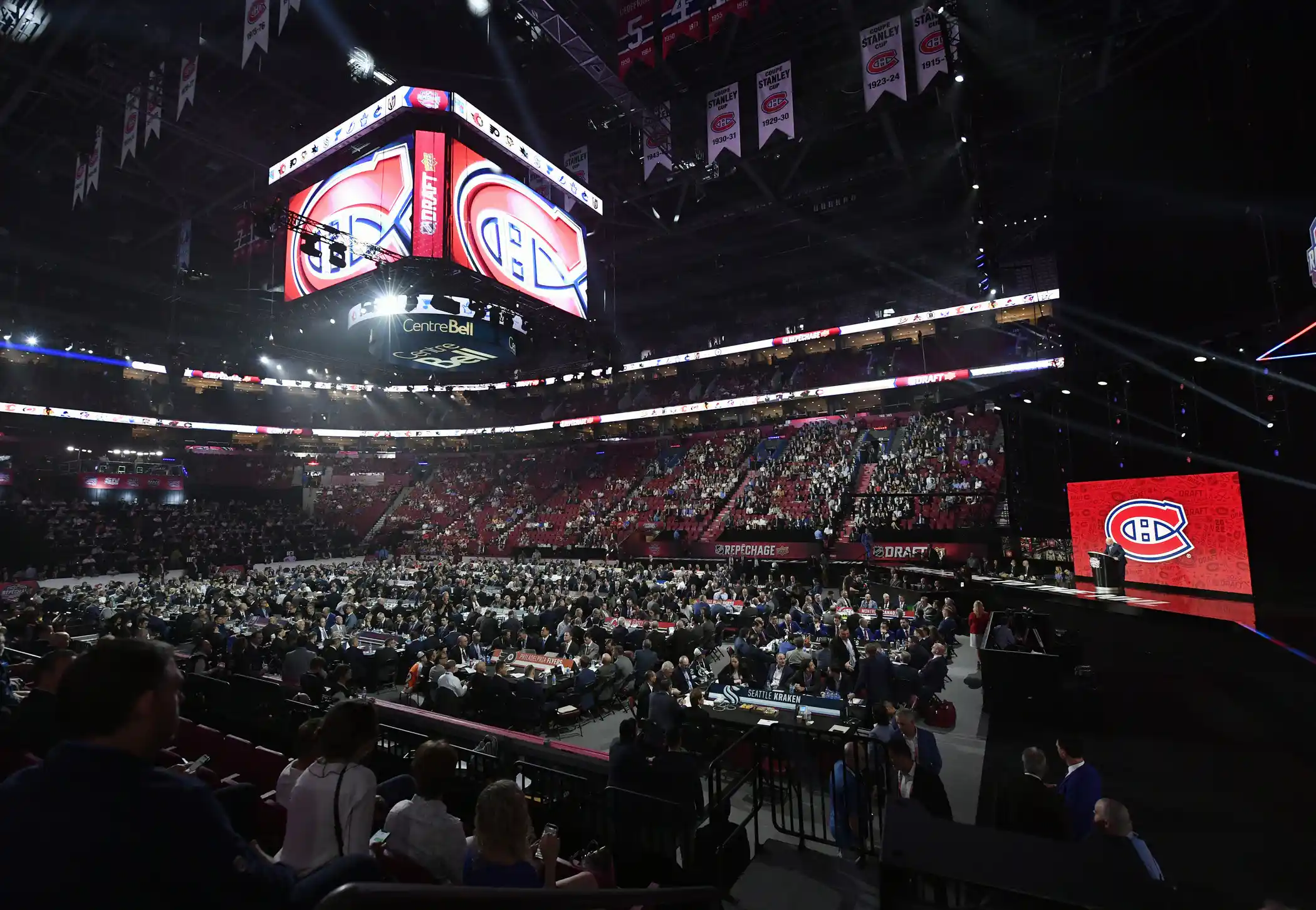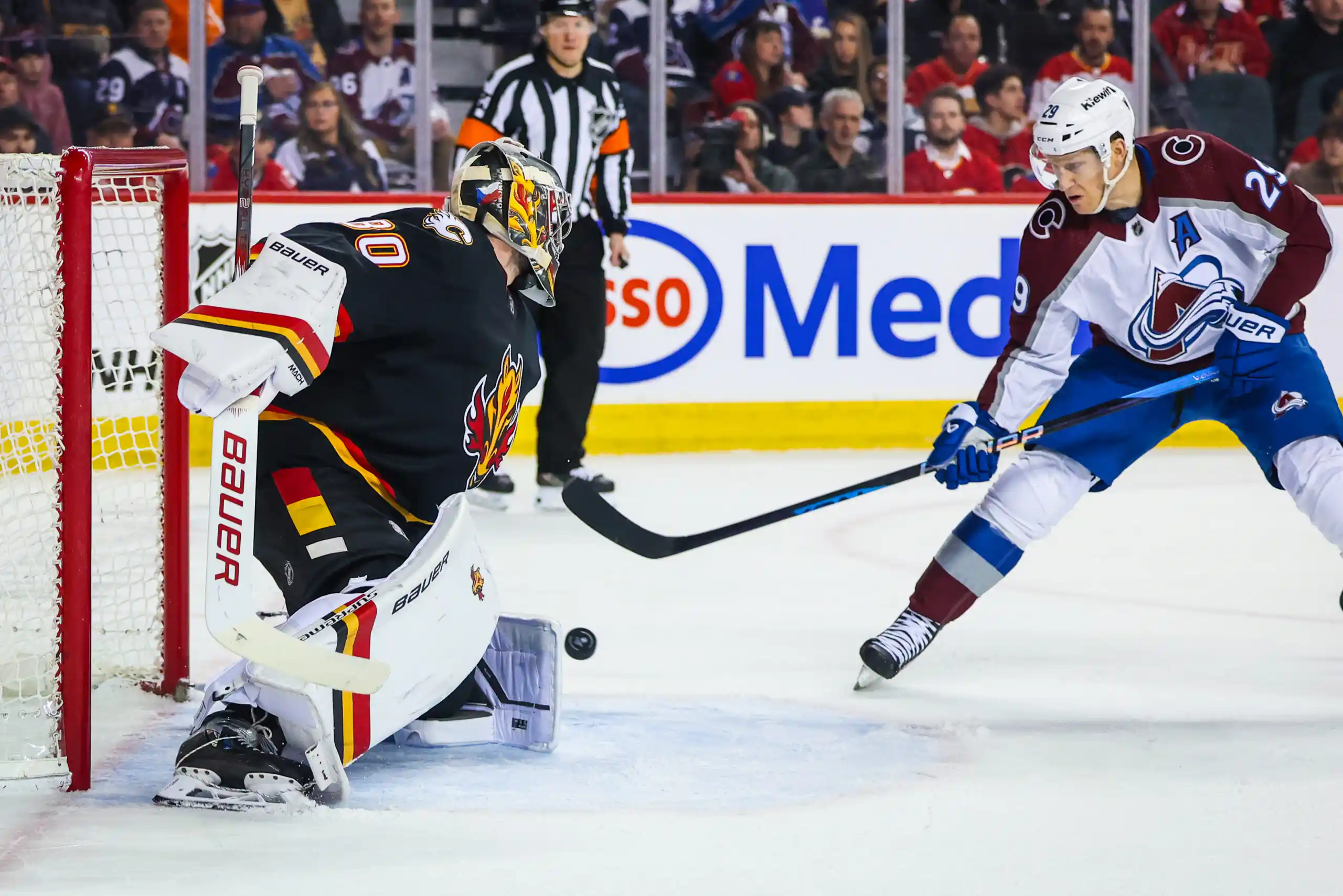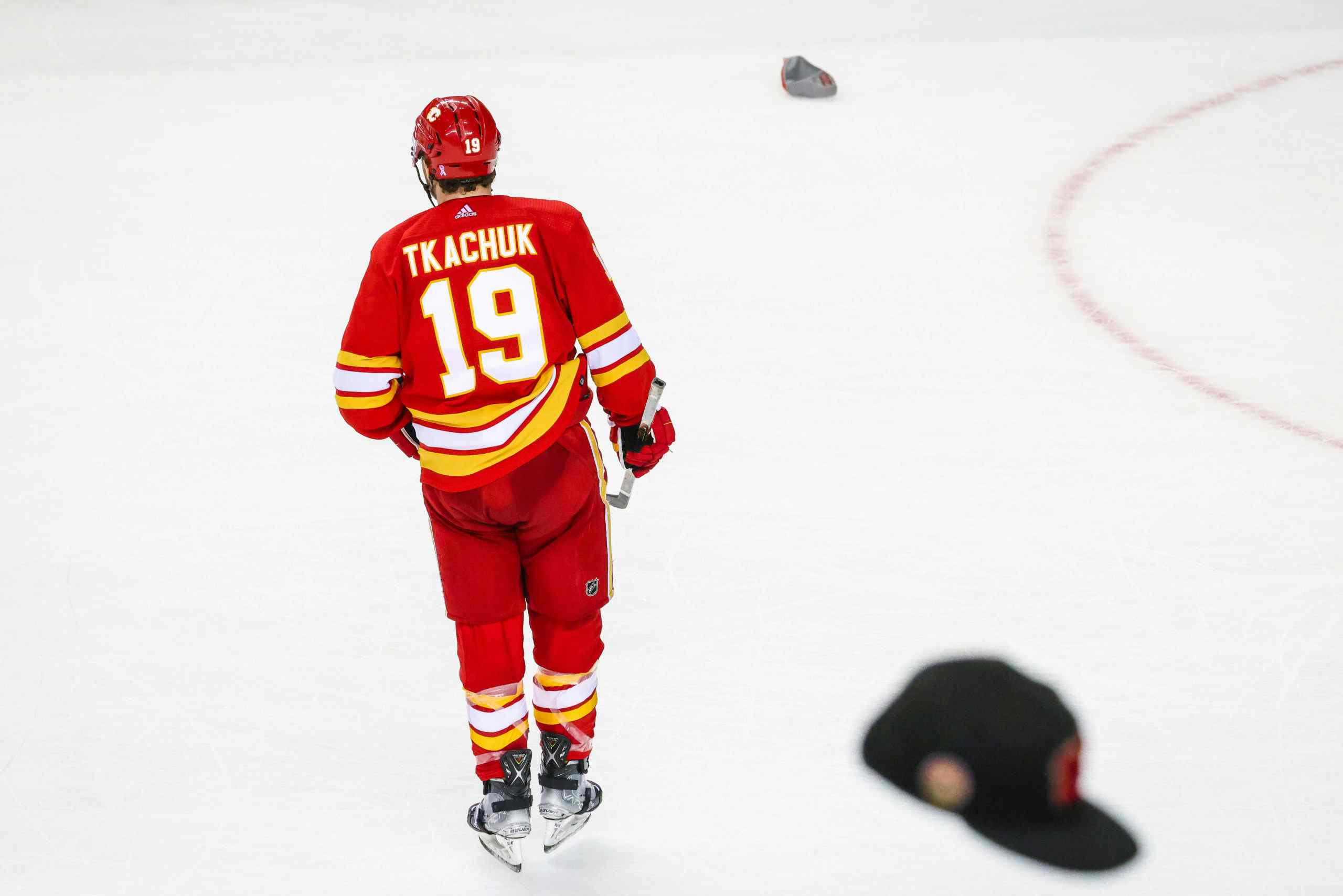Implications of a flat cap for the Flames

By Ryan Pike
4 years agoLast week, Sportsnet senior reporter Chris Johnston joined the Steve Dangle Podcast for a lengthy visit. Most of the chat revolved around the Toronto Maple Leafs, but Johnston dropped some intel regarding the NHL’s salary cap that has implications for every team – including the Calgary Flames.
In short? Don’t expect the cap to budge from the current $81.5 million ceiling for awhile.
Let’s do some math
Let’s get something out of the way: while nominally the cap is half of hockey related revenues (HRR) as defined within the the CBA, the NHL and the NHLPA can basically set it anywhere they want. If they’re wrong, it just makes escrow super-high. From a logistical standpoint, with so many existing contracts locked in and an unclear revenue picture going forward, a flat cap for the next little bit makes some sense for everybody.
Financially, the loss of the remainder of the season could potentially have an impact in terms of $1 billion in lost revenue. From a per-team cap impact, that’s roughly $16 million taken out of every team’s player share. Now, over time things will get back to normal and revenues will grow again. But a flat cap for, say, three seasons (2020-21 through 2022-23) allows the teams to borrow from that future cap growth to stabilize things in the interim.
Johnston summed the cap situation like this: “I don’t think it’s going to go up, and I don’t think it’s going to go up for years.”
The summer of 2020
Alright, if the cap doesn’t go up, how many tough decisions to the Flames need to make? Well, let’s go though the roster locks:
- Forwards: Matthew Tkachuk ($7 million), Johnny Gaudreau ($6.75 million), Sean Monahan ($6.375 million), Mikael Backlund ($5.35 million), Milan Lucic ($5.25 million), Elias Lindholm ($4.85 million), Derek Ryan ($3.125 million), Sam Bennett ($2.55 million), and Dillon Dube ($778,000)
- Defense: Mark Giordano ($6.75 million), Noah Hanifin ($4.95 million), and Rasmus Andersson ($4.55 million)
- Goalie: David Rittich ($2.75 million)
Add in the buyouts for Michael Stone and Troy Brouwer and that’s about $63.97 million in cap hits for 13 active players, leaving $17.53 million for 10 roster spots. It’s doable, but remember that you’ll probably be spending around $3 million on a second goalie, another $4 million-ish on another top four defender, and around $2 million (if not more) on a new deal for Andrew Mangiapane.
So the cap space they have will disappear very quickly.
The summer of 2021
The summer of 2021 will be interesting.
First, the Flames will lose somebody to Seattle.
Second, the Flames will need to re-up (or replace) Derek Ryan, Dillon Dube, Sam Bennett and David Rittich. Ryan and Rittich will be pending UFAs at that point.
The summer of 2022
And if the cap doesn’t rise, the summer of 2022 will be challenging.
Who needs new deals? Pending RFA (with arbitration rights) Matthew Tkachuk. Oh, and pending UFAs Johnny Gaudreau and Mark Giordano. Granted, Giordano will be 39 years old the first month of the 2022-23 season – it seems probable that he’ll be amenable to a series of short-term, incentive-laden deals that should keep his nominal cap hit down but ensure he’s well-compensated.
But Gaudreau and Tkachuk will be pricey.
In other words…
The summer of 2022 is gonna be financially challenging for the Flames. But it was going to be regardless, as the Flames would have had to make a decision on Gaudreau either way. A flat cap isn’t ideal, but it’s not going to create any new problems that wouldn’t have already been there.
Recent articles from Ryan Pike





